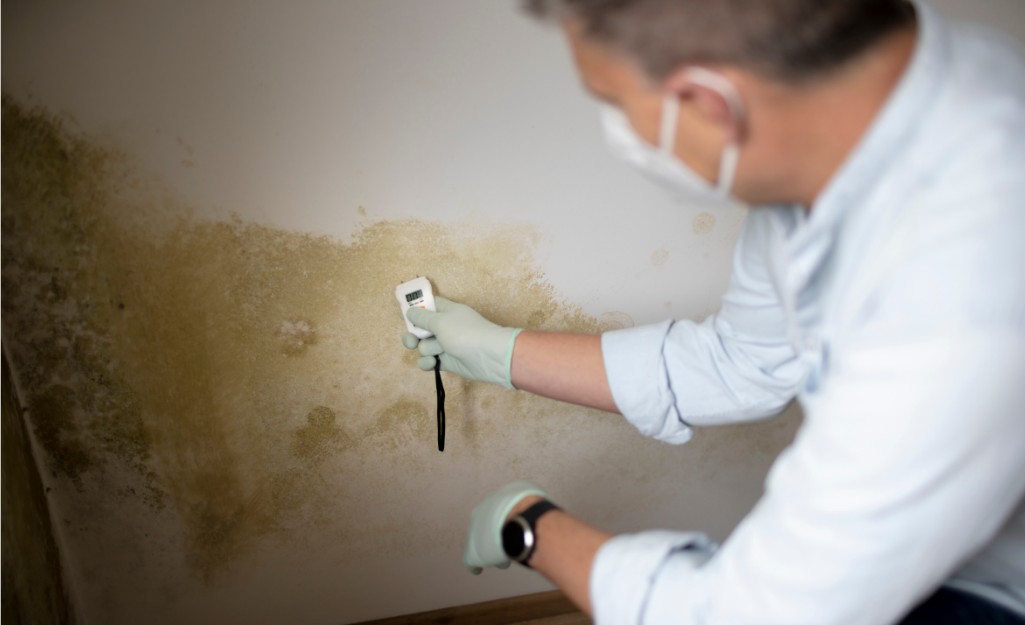In this article in the next paragraph you might get more awesome information and facts pertaining to Common Causes of Water Damage in a Bathroom.

The washroom is exceptionally vulnerable for damp build-up and also possible water damage due to the regular use water in it. This post supplies straightforward inspection techniques to help discovering water damages threats.
The constant use water in the bathroom makes it incredibly susceptible for damp build-up as well as possible water damages. By evaluating it consistently, you can lower water relevant problems.
The adhering to collection of inspections is easy to perform and should be done once in every three months in order to keep your bathroom healthy and also to stop possible water problems brought on by the tub, the shower, pipeline joints as well as plumbing, sinks, cupboards, as well as the bathroom
Do not overlook performing these inspections and also be detailed while executing them. Remember that these basic assessments can save you a lot of money by providing very early signs for water damages
Sinks as well as Cabinets
Sinks and cabinets are revealed to dampness as well as humidity daily and are usually forgotten. Check frequently under the sink and on the kitchen counter over it. Repair any drip in the catch as it may recommend drainpipe issues. Take a look around the sink, slow draining pipelines may indicate an obstructed drainpipe. Replace sink seals if they are fractured or loosened.
Tub and Shower
The shower and also tub require unique interest and upkeep. Inspect the tiles and also replace if cracked. Make certain that there is no missing cement in between the ceramic tiles. Inspect as well as replace split caulking at joints where the walls fulfill the flooring or the bathtub. Obstructed drains and also pipes problems will certainly prevent the bath tub from drying and also might indicate severe problems under the tub. Seek advice from an expert immediately to stop structural damages. Pay attention to stainings or soft areas around the bathtub wall surfaces as they may show an internal leakage.
Plumbing
Signs for water damage are difficult to detect considering that most pipelines are installed inside the walls.
Pay unique interest to floor covering and wall surfaces moisture as well as discolorations as they may suggest an invisible plumbing issue. Examine moisture degrees in adjacent rooms also.
The Bathroom
The commode is a susceptible water joint. Examine the water lines and look for leakages around the toilet seat, in the pipe, and also under the water tank. If you find any indications of wetness on the floor around the commode, check for leaks in the toilet edge and also tank seals.
Understand that hanging commode bowl deodorants boosts the opportunities for clogs.
TIPS TO PREVENT WATER DAMAGE IN THE BATHROOM
The average household uses approximately 80-100 gallons of water per person per day. For a family of 4, that's almost 2,500 gallons of water a week! The largest portion of this consumption comes from bathroom use. Flushing the toilet uses the most water, followed by taking a shower or bath. With that much water running through the home, water damage in the bathroom is bound to happen. Knowing how to spot signs of a water leak is essential to preventing long-term damage. This guide provides you with tips to reduce the impact of water damage on your bathroom.
CAUSES OF BATHROOM WATER DAMAGE
Pipe breaks are the most common cause of water damage we see in our daily jobs. The age of a pipe plays a large role in a pipe break as well as corrosion. Over time, the metal begins to break down, allowing water to escape. Frozen pipe breaks are also a concern in the winter months. Toilet overflows caused by paper products or children flushing inappropriate items. Degraded caulking around the toilet or bathtub can allow water seepage, sometimes behind the fixture, into the subfloor or walls. Condensation forms when the water in a pipe is cooler than the air temperature. Beads of water form on the exterior of the pipes, sometimes so much so that the water begins to drip and pool below. Sink or shower backups created by poor drainage. HOW TO PREVENT WATER DAMAGE IN YOUR BATHROOM
Inspect your toilet supply line for worn or frayed hoses and replace them as needed. Winterize your plumbing to prevent a frozen pipe break. Use vent fans to prevent condensation that can lead to mold growth. Routinely check and replace degraded caulking around your toilet or bathtub. Increase the temperature in your toilet tank and insulate your pipes during the warm summer months to keep condensation from forming. Use child safety locks on the toilets. Flush only toilet paper. "Flushable" wet wipes are actually not good for your plumbing system. Additionally, feminine hygiene products should not be flushed. Prevent water from escaping the tub or shower. Make sure shower curtains are in good condition. Inspect shower doors and replace the seal strip if necessary. Wipe up any water that accumulates on the floor and use bath mats. Water left to sit can cause damage to the tiles and flooring. Refrain from using bath products containing heavy oils to avoid a clogged drain.

Do you enjoy reading about How to Prevent Bathroom Water Damage? Give feedback down the page. We would be glad to find out your thinking about this post. In hopes that you come back again before long. Sharing is nice. Helping others is fun. We appreciate reading our article about How to Fix a Water Damage Bathroom.
About